The pituitary gland is often referred to as the “master gland” of the body, since it regulates many activities of other endocrine glands. Located above the pituitary gland is the hypothalamus. The hypothalamus decides which hormones the pituitary should release by sending it either hormonal or electrical messages. In response to hormonal messages from the hypothalamus, the pituitary gland releases the following hormones: GH (growth hormone) – increases size of muscle and bone TSH (thyroid stimulating hormone) – stimulates the thyroid gland to release T3 and T4 to stimulate metabolism in other cells throughout the body FSH (follicle stimulating hormone) – stimulates ovarian follicle production in women; stimulates sperm production in men LH (luteinizing hormone) – stimulates ovaries to produce estrogen in women; stimulates sperm production in men Prolactin – stimulates breast tissue in nursing mothers to produce milk ACTH (adrenocorticotropic hormone) – causes the adrenal glands to produce important substances that have properties similar to steroids In response to electrical messages from the hypothalamus, the pituitary gland releases the following hormones: ADH (antidiuretic hormone) – stimulates the kidneys to reabsorb fluid and produce less urine Oxytocin – initiates labor, uterine contractions and milk ejection in mothers The pituitary gland, or hypophysis, is an endocrine gland about the size of a pea and weighing 0.5 grams (0.018 oz) in humans. It is a protrusion off the bottom of the hypothalamus at the base of the brain. The hypophysis rests upon the hypophysial fossa of the sphenoid bone in the center of the middle cranial fossa and is surrounded by a small bony cavity (sella turcica) covered by a dural fold (diaphragma sellae). The anterior pituitary (or adenohypophysis) is a lobe of the gland that regulates several physiological processes (including stress, growth, reproduction, and lactation). The intermediate lobe synthesizes and secretes melanocyte-stimulating hormone. The posterior pituitary (or neurohypophysis) is a lobe of the gland that is functionally connected to the hypothalamus by the median eminence via a small tube called the pituitary stalk Hormones secreted from the pituitary gland help control the following body processes: Growth Blood pressure Some aspects of pregnancy and childbirth including stimulation of uterine contractions during childbirth Breast milk production Sex organ functions in both males and females Thyroid gland function The conversion of food into energy (metabolism) Water and osmolarity regulation in the body Water balance via the control of reabsorption of water by the kidneys Temperature regulation Pain relief Sleeping patterns (pineal gland) Some of the diseases involving the pituitary gland are: Central diabetes insipidus caused by a deficiency of vasopressin. Gigantism and acromegaly caused by an excess of growth hormone in childhood and adult respectively. Hypothyroidism caused by a deficiency of thyroid-stimulating hormone. Hyperpituitarism, the increased (hyper) secretion of one or more of the hormones normally produced by the pituitary gland. Hypopituitarism, the decreased (hypo) secretion of one or more of the hormones normally produced by the pituitary gland. Panhypopituitarism a decreased secretion of most of the pituitary hormones. Pituitary tumours. Pituitary adenomas, noncancerous tumors that occur in the pituitary gland. Somatotrophins: Human growth hormone (HGH), also referred to as ‘growth hormone’ (GH), and also as somatotropin, is released under the influence of hypothalamic growth hormone-releasing hormone (GHRH), and is inhibited by hypothalamic somatostatin Thyrotrophins: Thyroid-stimulating hormone (TSH), is released under the influence of hypothalamic thyrotropin-releasing hormone (TRH) and is inhibited by somatostatin. Corticotropins: Adrenocorticotropic hormone (ACTH), and Beta-endorphin are released under the influence of hypothalamic corticotropin-releasing hormone (CRH). Lactotrophins: Prolactin (PRL), also known as ‘Luteotropic’ hormone (LTH), Gonadotropins: Luteinizing hormone (also referred to as ‘Lutropin’ or ‘LH’). Follicle-stimulating hormone (FSH), both released under influence of Gonadotropin-Releasing Hormone (GnRH) The intermediate lobe synthesizes and secretes the following important endocrine hormone: Melanocyte–stimulating hormone (MSH). This is also produced in the anterior lobe. When produced in the intermediate lobe, MSHs are sometimes called “intermedins”. Posterior: Magnocellular Neurons: Antidiuretic hormone (ADH, also known as vasopressin and arginine vasopressin AVP), the majority of which is released from the supraoptic nucleus in the hypothalamus. Oxytocin, most of which is released from the paraventricular nucleus in the hypothalamus.

How Does Pituitary Gland Work? Hormones of Hypophysis Functions & Disorders Animation -TSH FSH Video
- Post author:
- Post published:June 2, 2021
- Post category:Uncategorized
- Post comments:0 Comments
You Might Also Like
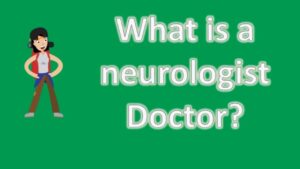
Neurology Video – 2
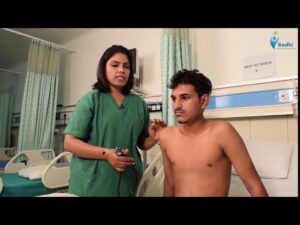
Cardio-Thoracic Physiotherapy Video – 3
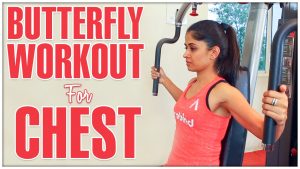
BUTTERFLY WORKOUT FOR CHEST

Upper back exercises with dumbbells — weights workout for middle back, biceps and lats
![Read more about the article Master Human Anatomy And Physiology course book [awesome way to learn] 2013](https://videos.drmaheshkumar.com/wp-content/uploads/2021/05/Master-Human-Anatomy-And-Physiology-course-book-awesome-way-to-learn-2013-300x225.jpg)
Master Human Anatomy And Physiology course book [awesome way to learn] 2013

Type 1 Diabetes | Nucleus Health

Evolutionary Psychology Video – 3
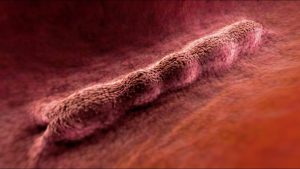
Why You Should Take Folic Acid BEFORE Pregnancy

sport – definition
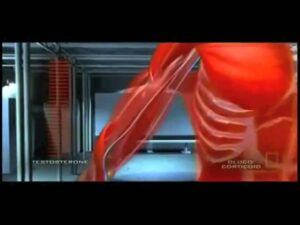
The scientific truth about steroids

Close Grip Triceps Extension-6
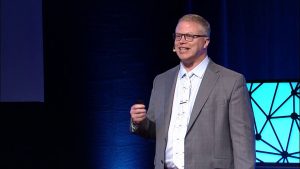
Robotics Surgeries Video – 4

Mode of Action

Plyometrics – Circuit Training Ideas

Should You Train to Failure (THE ANSWER!)
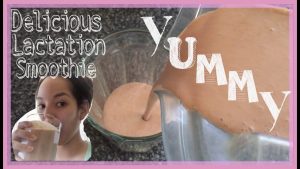
How to make: Lactation Smoothie

Pre-Workout PROTEIN Shake Recipe

Insulin, glucagon and fat loss

Thyroid Hormone Mechanism of Action Bio 202
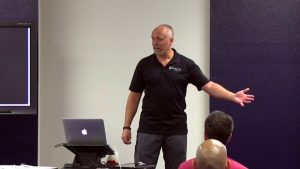
Endurance versus Stamina. Stamina defined.
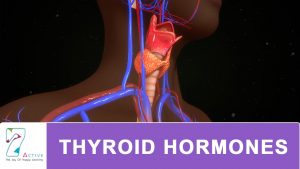
THYROID HORMONES

Dumbbells Triceps Extensions

Plastic Surgery Video – 4
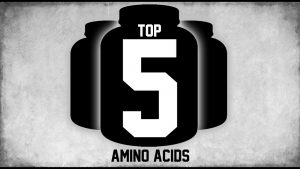
Top 5 Best Amino Acids Supplements 2016 First Half | MassiveJoes.com | Intra-Workout Acid

How to Balance Your Hormones Naturally
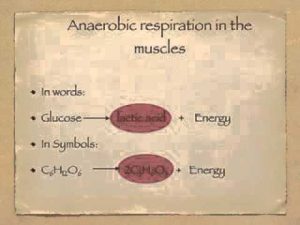
Anaerobic respiration and oxygen debt
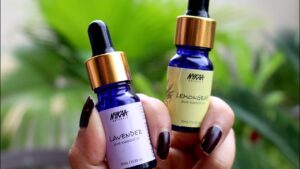
Essential Oils Video – 2
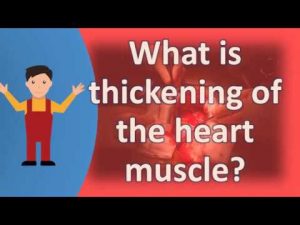
What is thickening of the heart muscle ? | Health FAQS | It’s All about your health

Diet Chart for Weight Loss ||DailyPostPunjabi||
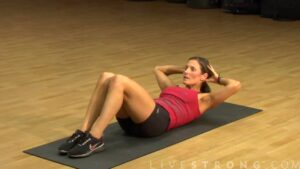
How to Do Crunches

Back Extension on Exercise Ball

How to Do an Overhead Press | Female Bodybuilding

Why Do Vitamins Make Urine Bright Yellow

What Is Type 1 Diabetes? | 2 Minute Guide | Diabetes UK
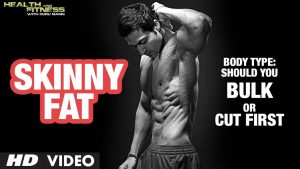
“Skinny Fat” Body Type: Should You Bulk Or Cut First? Info by Guru Mann

Does Eating Right Before Bed Lead to Weight Gain?
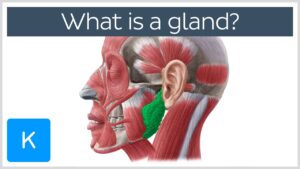
What is a gland? – Human Anatomy | Kenhub

What To Eat Before & After A Gym Workout

Weight Training Video – 2
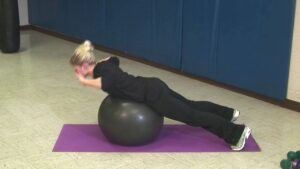
Stability Ball: Back Extension

Cool Down

